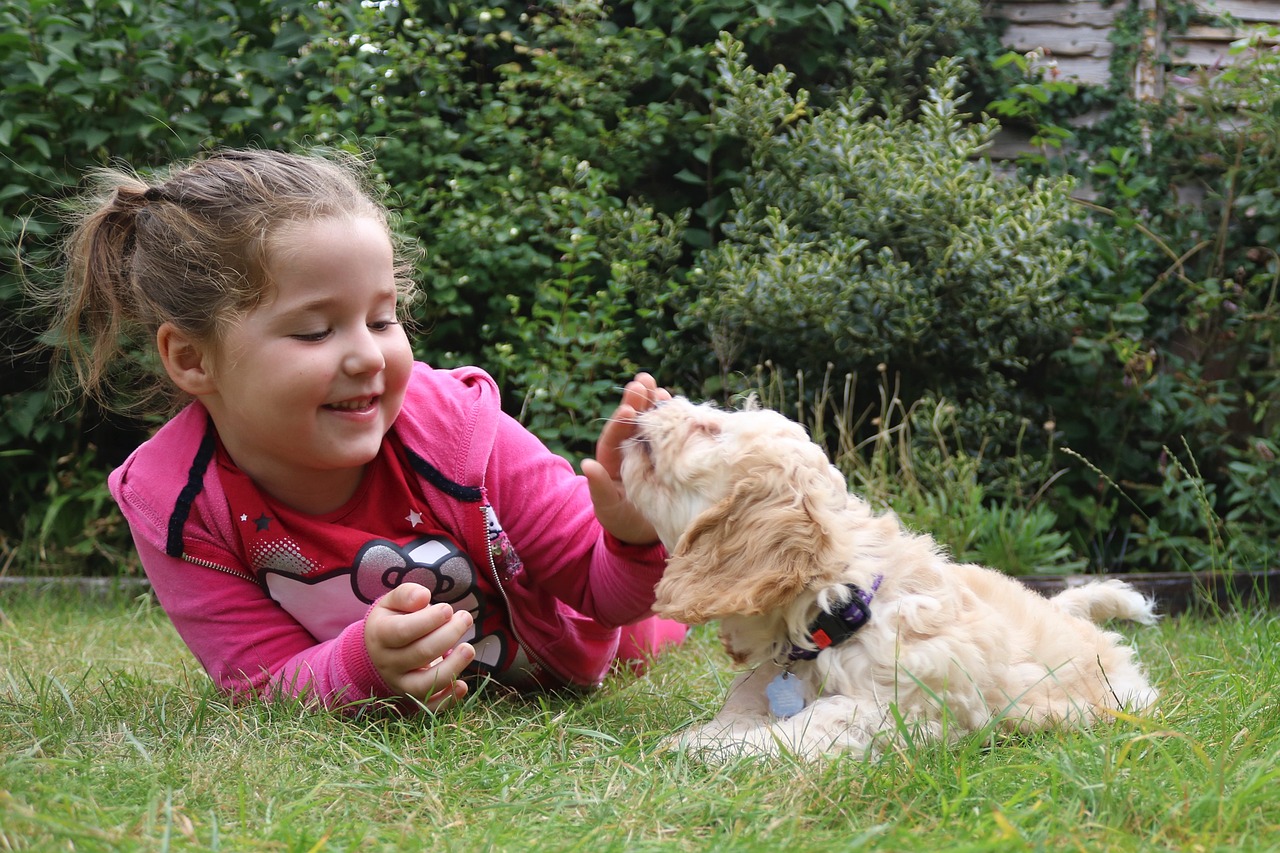
It is exciting as well as challenging to welcome a new animal into your home. These basic guidelines will make your transition easier and help you to adopt a pet successfully.
Be Patient
Your dog can feel overwhelmed by a move to a new house and new surroundings. Give your dog plenty of time to get used to all the changes she’ll encounter. This includes new people and animals. It is important to expose your dog in a positive way, without forcing it.
Create a Routine
For a peaceful and well-organized environment, it is important to have a routine that you can rely on. It is important to establish a routine for feeding, walking, and deciding on who will be responsible for what. The disorganization of your home can lead to stress, anxiety, and undesirable behaviors.
Introduce the new pup to your resident dog slowly
The introduction of your new dog to the resident dog is a gradual, deliberate process and not an event. Consider the safety of your dogs during interactions. Also, consider their past experiences with animals and body language. These details can guide you and help determine if adjustments are necessary. Consider the following general dos and donts.
DO: Use positive reinforcement
DO: If either dog shows signs of aggression or fear, stop the interaction and then try it again when they have calmed down.
Do: Start the interaction in a neutral place, like a stroll together.
Do: Take breaks between interaction
DO NOT: Do not force the interaction
DO NOT: Do not leave the toys of the dog in the home during your first encounters
DON’T: Ignore the signs of an encounter that is not going well and carry on with it.
As Soon as You Can, Start Crate Training
Crate Training has many advantages, including keeping your dog secure when you are traveling, or if they’re left alone. It can also make housetraining much easier. Crate training should be started early to ensure that the dog becomes used to it. It is important that the crate be comfortable and safe. Ask your veterinarian for help if your dog shows signs of panic or distress during the crate-training process.
Need for Enrichment
Animal health and welfare are dependent on environmental enrichment. It includes bedding, games, and other interactions to increase the comfort of your dog in your home. To ensure your dog’s safety, it is essential to supervise them when they are playing with toys. The best toys are sturdy toys, which are less likely to get stuck, be swallowed or break teeth.
You can find a positive-enrichment dog trainer by searching online
Training your dog is about more than teaching him to obey. It can also improve his behavior and increase his confidence. The training methods used should not be aggressive or painful, because these can lead to worse behaviors in animals and poor welfare. Consider interviewing a trainer before choosing a training class or trainer.
Potty train with Positive Reinforcement
It is possible for dogs who have already been trained to be housebroken to have an accident when they are introduced into a new situation. positive reinforcement, and using consistent commands like “go potty”, can help house training. The techniques that are recommended include: closely monitoring your dog when it is not in a crate, frequent trips to the outside, stopping an accident (without punishing him), and rewarding your pet immediately after eliminating outdoors.
Change to a New Food or Diet
Dogs can choose from a variety of diets, but a balanced and complete diet is essential for healthy development. It may be best for your dog to stay on the current diet until your vet can give you options. It is best to gradually introduce the new diet over a period of 1-2 weeks if a change is necessary or suggested. Slow transitions will help reduce the risk of diarrhea or upset stomach.
The Key to Fitness is Mental and Physical Exercise
Like in humans, mental and physical exercise is essential for a happy and healthy dog. Walking with your dog provides both physical and mental exercise. Puzzle toys are designed for indoor use and can provide mental stimulation. Talk to your veterinarian about the amount of exercise that your dog requires.
Establish a Veterinarian Partnership ASAP
It is important to establish a relationship with a veterinarian as soon as possible. This will help you and your new pet during the transition. Bring any medical records and vaccination records with you to the first visit so that your veterinarian can schedule your next appointment and perform the necessary vaccines.
It can be rewarding for you as well as your dog to adopt a new pet into your home. Becoming prepared and patient will help you achieve a positive outcome.